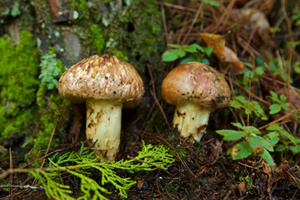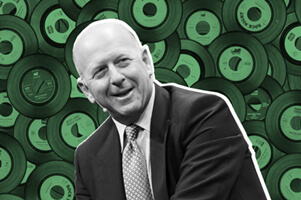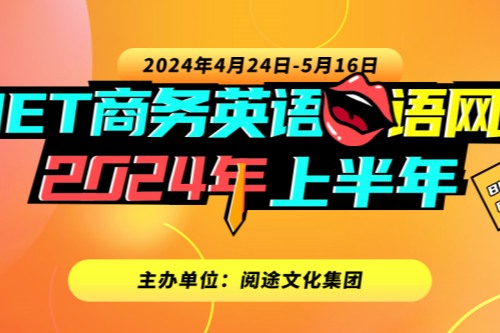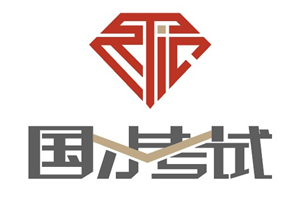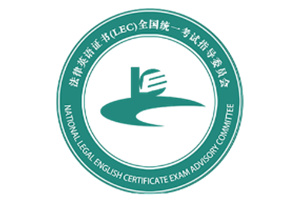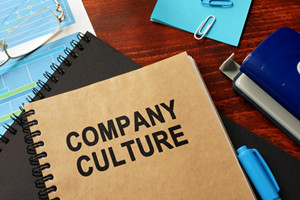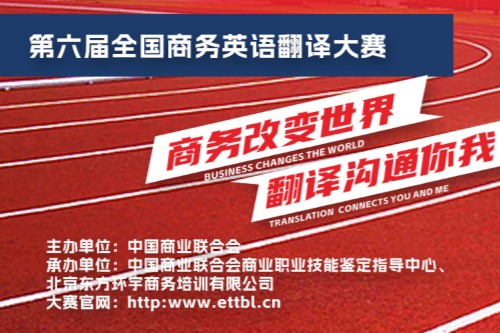Why Japanese Longbows Are So Expensive
Narrator: The most distinct aspect of a Japanese bow is the length. At over 2 meters tall, these bows are difficult to handle. And making them is just as challenging. Bowmakers file raw bamboo and insert over 100 wedges to curve the bow. Depending on the materials, these bows can cost over $2,000. So how are these bows made? And why are they so expensive?
Longbows have been used in Japan for centuries, but today you’ll mostly find them in a martial art called kyudo.
Miyako Oyano: As time went on, it was used less and less in warfare. The bow came to be considered a noble object. Kyudo is a sport where you don’ fight against other people. It is more about understanding yourself through introspection.
Narrator: You can buy a synthetic bow for around $400. But many experienced archers prefer the feel of handmade bamboo bows. Kanjuro Shibata’s family has been making bows for over 450 years. It all starts with raw bamboo. Kanjuro tries to obtain most of his bamboo locally, from around Kyoto. But it has to dry for three years before it’s ready to be used. Kanjuro shaves the dried bamboo down to a thickness of 4 to 5 millimeters. This is one of the most physically demanding parts of the process because the bamboo is dense and fibrous.
Kanjuro Shibata: This bamboo is very difficult to process. For those who make bows, it is a material that makes bowmakers work harder.
Narrator: A Japanese bow consists of three main layers: two pieces of bamboo and an inner core called nakauchi. The nakauchi is made out of laminated bamboo and wax-tree wood, and it’s much harder than the bamboo on the outside.
Kanjuro Shibata: If you make a bow out of only flexible materials, it bends well when you draw the bow, but force to return to the original position is weak. Japanese bows are made by combining inflexible and flexible materials, and by combining bamboo and wood in this way, we can take advantage of their respective strengths.
Narrator: Kanjuro glues filed bamboo on either side of the nakauchi to form the bow. For some bows, he uses a natural glue called nibe, which is harder to work with, making the final product more expensive than the bows that use synthetic glue. But the hardest part is bending this straight bamboo into the shape of a bow.
Kanjuro winds rope around the bamboo and inserts over 100 wedges while bending curves into the bow. Because of the bow’s length, this process is extremely tedious. But it must be done quickly, before the glue dries. Thanks to decades of practice, it takes Kanjuro around 10 to 15 minutes.
Kanjuro Shibata: By driving the wedges, the three materials, bamboos and nakauchi, are tightened and crimped together. At this point, the quality of the bow is determined.
Narrator: Despite the importance of the step, Kanjuro only shapes his bows by eye.
Kanjuro Shibata: It is not a matter of applying it to a pattern and deciding that the bend here is this much. All work is done by conveying what I have drawn in my mind to my hands. The shape that is created by coiling a rope and hammering the wedges is the exact opposite of the curve of the bow I want to actually make. Doing so will increase the strength and resilience of the bow.
Narrator: After the glue dries, Kanjuro removes the wedges and bends the bow into its final shape.
Kanjuro Shibata: It looks slender, but when you use it, it is tough to handle. Not only does the Kyoto bow require more strength to draw than it looks, it has sharp repulsive force. The performance of a bow means that it is light, strong, and sharp. It feels good to use.
Narrator: Kanjuro’s bows cost anywhere from $900 to around $2,200, depending on the materials used. But bows made for display can cost a lot more.
Kanjuro Shibata: The most expensive single bow I have ever made was about 600,000 or 700,000 yen [around $5,300 to $6,100]. This is because the price of a bow becomes more expensive when it is decorated with lacquer and other decorations.
Narrator: His family’s clients include everyone from local kyudo practitioners to the imperial family. But Kanjuro wants his bows to be accessible to more people. As long as it doesn’t affect the final quality, he tries to make the process as efficient as he can.
Kanjuro Shibata: I don’t like being called a craftsman. I want to be known as an engineer. There is some craftsmanship, right? But still, I don’t like to think of it this way. When I make one of those wedges, in the past, this was done by sawing each piece to length. But now I don’t do that. When I use an electric saw, I can cut it to this length in less than a second. But it takes a lot longer to cut with a handsaw. If you take too much time making something like this, in the end, the price of its production would have to be increased, and it becomes something that only specific group of people would use. And I don’t like that.
Narrator: Despite the high price, using a well-made bow that feels good is essential for archers.
Miyako Oyano: When I buy a bow, my criteria are the feeling when you pull the string of that bow – for example, the suppleness. I want something that is very much in tune with my senses. You choose it for the flexibility of its body and the way it feels when you draw an arrow with it.
Kanjuro Shibata:I think bows reflect the personality of the maker very well. I need people to trust me as the bowmaker.



